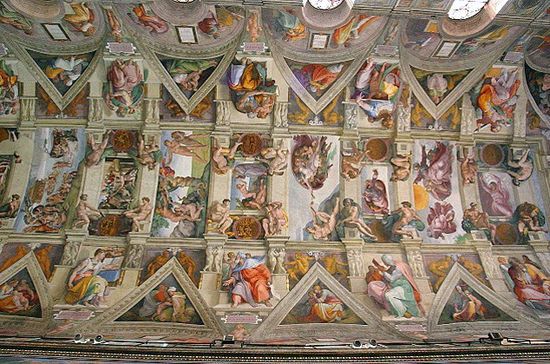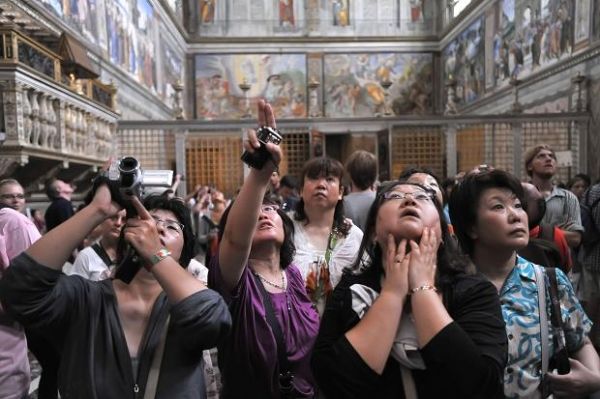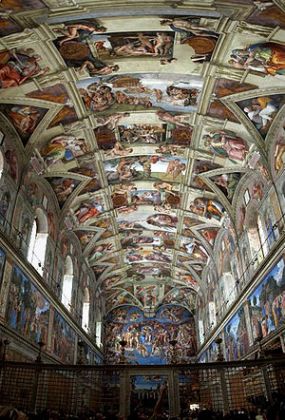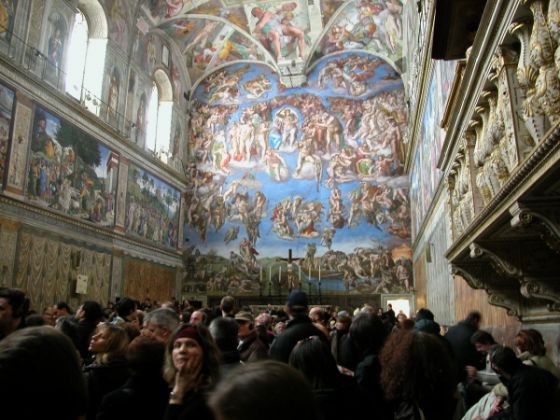On 31 October Pope Benedict XVI marks the 500th anniversary of the completion of the Sistine Chapel frescoes by renaissance master Michelangelo Buonarroti.
The pontiff will hold a vespers prayer service in the chapel, repeating the ceremony presided over on 31 October 1512 by Pope Julius II, who commissioned Michelangelo to paint the 1,100sqm vault.
Beginning in 1508, it took the artist four years to paint the chapel’s ceiling. Central to his decoration are nine scenes from the Old Testament's Book of Genesis, of which the "Creation of Adam" is Michelangelo’s best-known. The artist painted the "Last Judgement" scene behind the altar some years after completing the ceiling – from 1535 to 1541.
Italian art critic Pietro Citati recently suggested that Michelangelo's frescoes were under threat from the humidity caused by the 20,000 daily visitors to see the High Renaissance masterpiece. This was refuted by the director of the Vatican Museums, Antonio Paolucci, who cited the “advanced technological provisions” being put in place to preserve the artwork by regulating the temperature and removing pollution and dust.
Paulucci has also said that it would be "unthinkable" to limit access to the more than six million tourists who visit the Sistine Chapel annually.
The most recent restoration of the chapel's frescoes took 14 years and was completed in 1994. The chapel was “dusted” again in summer 2010 when large quantities of dust and sediments were removed. The director warned then that there was a danger to the chapel because the pollution control measures already in place were unable to cope with the increase in visitors since the beginning of the millennium. Since then numbers have doubled and the opening hours of the museum have been extended.


























